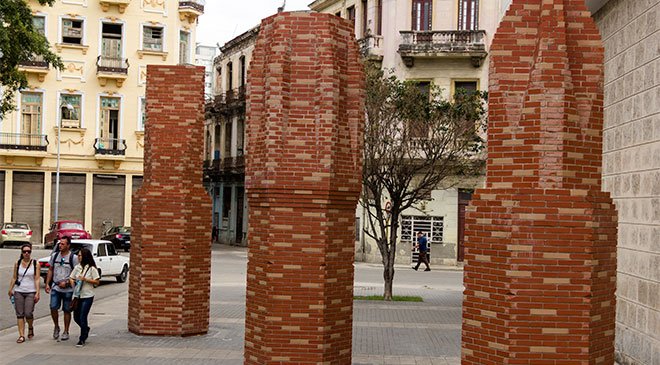Screwdriver: A Lexical Injustice

Why do we call the tool we use to loosen and tighten screws a «screwdriver«? Shouldn’t we only name it that when we use it to loosen screws?
Imagine a scenario where a mechanic, electrician, or carpenter asks their assistant to hand them the «screwdriver,» because the task at hand is tightening a threaded piece. In some countries, it is also called, perhaps incorrectly, a «disassembler.» This raises the same question and leads us to consider it a lexical injustice.
In this context, English speakers have the advantage, as in that language, the tool is called a «screwdriver,» which literally means «driver of screws.» The French also got it right, calling it «tournevis,» which translates to something like «turner of screws.»
It is puzzling that in a language as rich as Spanish, no one has invented a term that better suits the function of this indispensable tool. I propose «tornillador,» which could satisfy everyone.
The earliest references to this instrument appear in a text from the late 15th century, and of course, it refers to what we know today as a flat-blade screwdriver, a model that dominated until 1936. That year, American businessman Henry F. Phillips invented the cross-slotted screw, along with the tool to handle it, which we often call by the inventor’s surname.
Today, there are numerous models of this universal tool, each suited to specific uses. These range from traditional flat and Phillips screwdrivers to those used for screws with square, star-shaped, hexagonal, or pentagonal slots. Among these are those that join the pieces of many toys, seemingly to prevent children from easily disassembling them, or those that secure the covers of computer hard drives and the delicate parts of mobile phones.
Therefore, regardless of what we call it, the screwdriver is an indispensable companion that should always be in our homes, even if we don’t engage in any technical tasks. After all, who hasn’t had to tighten a screw at some point in their life?
For this reason, I believe it deserves a monument. One could consider the sculptural ensemble «Cathedrals of the Carpenters» by Marco Castillo and Dagoberto Rodríguez, displayed outside the National Museum of Fine Arts in Havana, as a fitting tribute.
Translated by Luis E. Amador Dominguez



